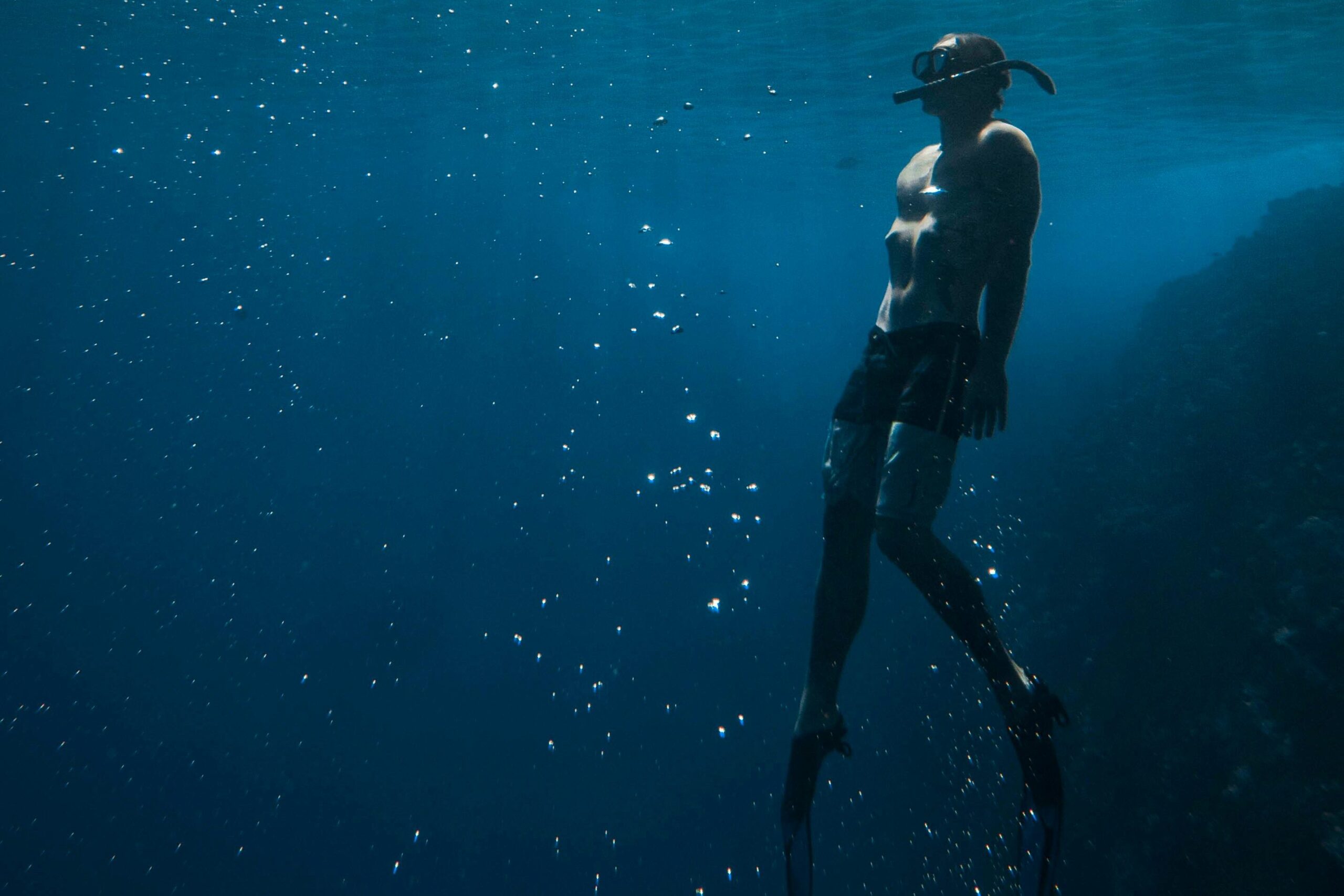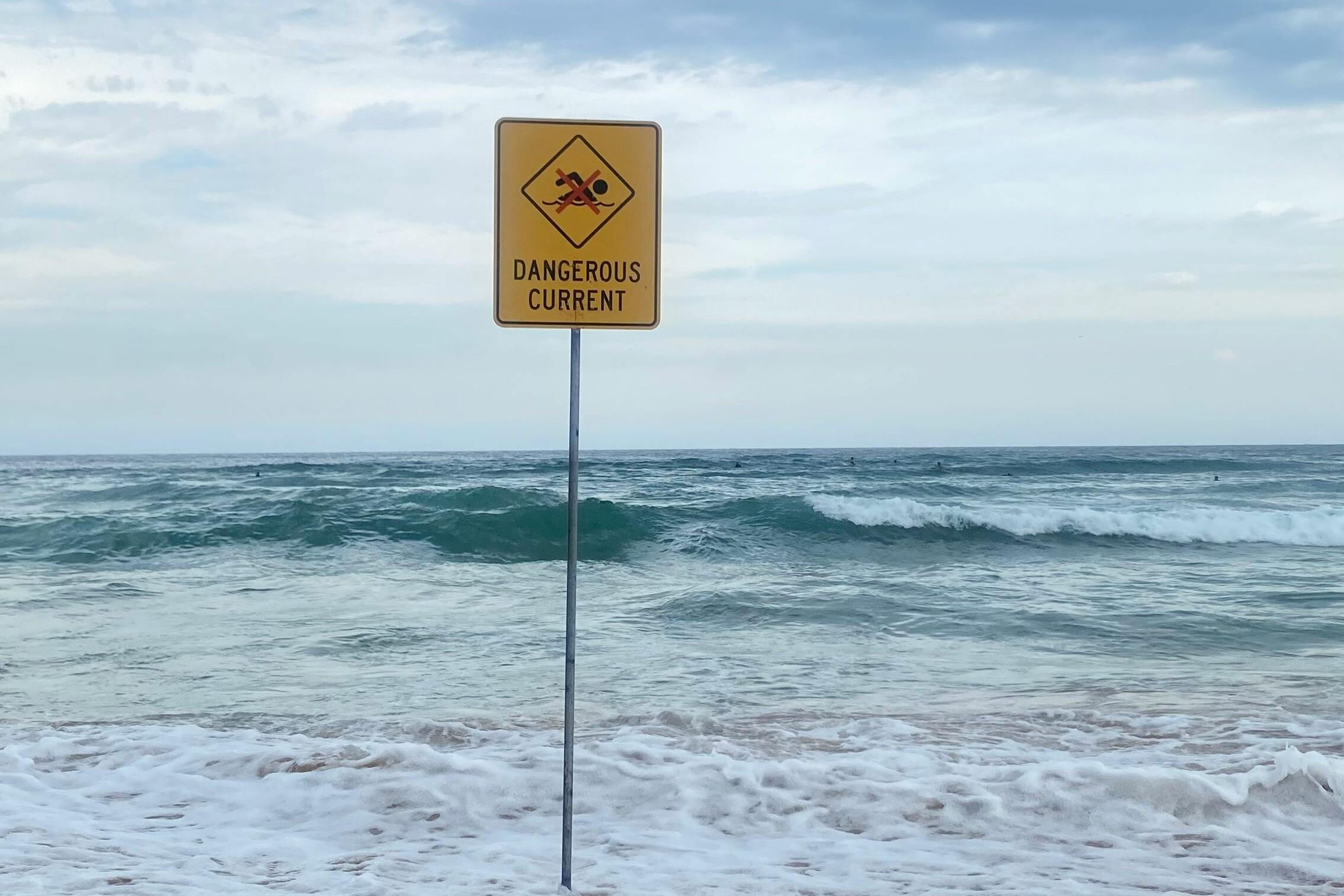1. Don’t Panic (Easier Said Than Done!)

Okay, this one is tough. How do you not panic when there’s a literal shark nearby? But here’s the thing: sharks are predators, and they can sense distress. Splashing around and flailing like crazy? That’s basically an invitation for them to investigate further. Instead, try to keep your movements slow and deliberate.
Advice from Florida Museum, Take deep breaths if you can (yes, even in water). The more you can project a sense of calm, the less interesting you’ll be to the shark. You want it to think, “Hey, this isn’t worth my time.” Panicking just makes you look like prey—and you definitely don’t want that.
2. Maintain Eye Contact—Yes, Really

This might sound counterintuitive, but if you spot a shark, try to keep your eyes on it. Sharks are ambush predators, meaning they like to surprise their prey. According to Jenna Busch, if they know you see them, they might think twice before attacking.
Think of it like a stare-down contest. You’re letting the shark know you’re aware of its presence, and you’re not an easy target. It’s not foolproof, but it’s better than turning your back and giving it an open shot.
3. Don’t Turn Your Back

This one goes hand-in-hand with maintaining eye contact. As tempting as it may be to swim away as fast as you can, don’t do it. Turning your back on a shark is like turning your back on a dog that’s growling—it’s a bad move.
Instead, try to back away slowly while keeping the shark in your sight. It’s all about showing that you’re aware and not an easy meal. Remember, sharks aren’t out to get humans specifically—they’re just curious creatures trying to figure out what’s in their territory.
4. Use Whatever You Have as a Weapon

If a shark gets too close for comfort, don’t be afraid to fight back. Use anything you have—a surfboard, a GoPro stick, even your fists. Aim for the shark’s sensitive areas: the eyes, gills, and snout.
Punching a shark might sound like a bad action movie trope, but it’s actually effective. Sharks have nerve endings in their snouts, so a well-placed hit can startle them enough to make them back off. Just remember: you’re not trying to win a fight; you’re trying to make the shark think you’re not worth the trouble.
5. Protect Your Vital Areas

If a shark does make contact, protect your most vulnerable spots—your head, neck, and torso. These areas contain vital organs, and you want to keep them as safe as possible. Use your arms to shield yourself if needed.
Think about curling into a ball to protect your core, but keep your eyes on the shark if possible. It’s about survival, not dignity. You can worry about looking silly later—for now, just focus on minimizing damage.
6. Get Out of the Water as Calmly as You Can

Once the immediate danger has passed, your priority is getting out of the water. But here’s the tricky part: you don’t want to thrash around and make a scene. That can draw the shark’s attention back to you.
Swim steadily and calmly toward the shore or boat, keeping your movements smooth and controlled. If you’re with others, stay together. Diving expert reveals how to escape a shark, there’s safety in numbers, and a group is less likely to be targeted than a lone swimmer.
7. Signal for Help

If you’re far from shore or in deeper waters, you need to let others know what’s happening. Use your arms to wave or shout if there’s anyone nearby who can assist. The sooner help arrives, the better your chances of getting out safely.
Many surfers and divers carry whistles or other signaling devices for this exact reason. To ensure safety, you should have one, now’s the time to use it. It’s all about getting attention without causing unnecessary panic.
8. Avoid Wearing Shiny Jewelry or Bright Colors

Prevention is better than reaction, right? Sharks are attracted to shiny objects and bright colors because they resemble fish scales. An expert diver Jörg Matzdorff, wrote that if you’re planning to hit the water, leave the bling at home and opt for muted swimwear colors.
Think of it as blending in with your surroundings. You don’t want to stand out in a shark’s eyes. The less interesting you look, the less likely you are to become a target.
9. Know the Risk Factors

Certain behaviors and conditions make shark encounters more likely. Swimming at dawn or dusk? That’s prime shark feeding time. Splashing around too much? That can mimic the movements of prey.
Educate yourself about the local waters before you dive in. Are there shark warnings? Have there been recent sightings? The more informed you are, the better you can avoid risky situations in the first place.
10. Remember: Shark Attacks Are Rare

Let’s end on a reassuring note. While it’s important to know what to do in case of an encounter, the odds of actually being attacked by a shark are incredibly low. You’re more likely to be struck by lightning or bitten by a dog.
Sharks are fascinating creatures that play a vital role in marine ecosystems. They’re not out to get us—they’re just doing their thing. Shark Trust provides statistics on shark attacks and emphasizes that the likelihood of encountering a shark is extremely low. So, respect the ocean, stay informed, and enjoy your time in the water with a healthy dose of caution.


